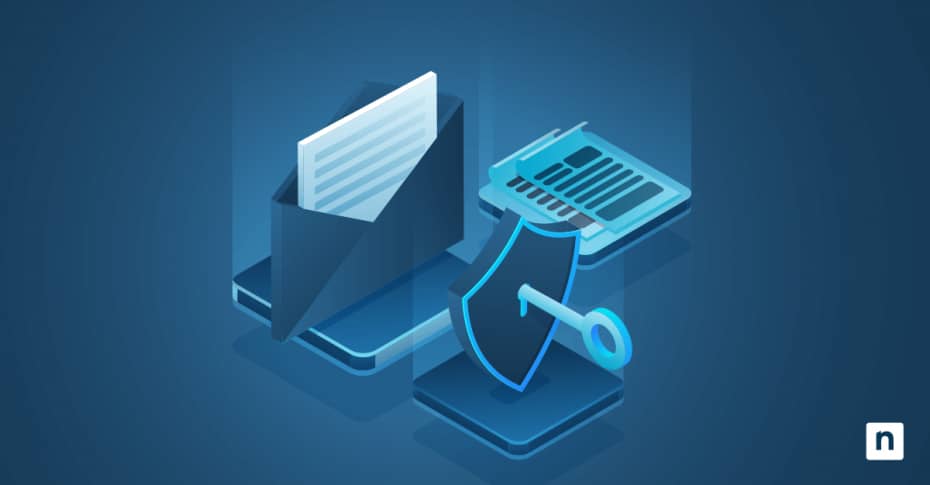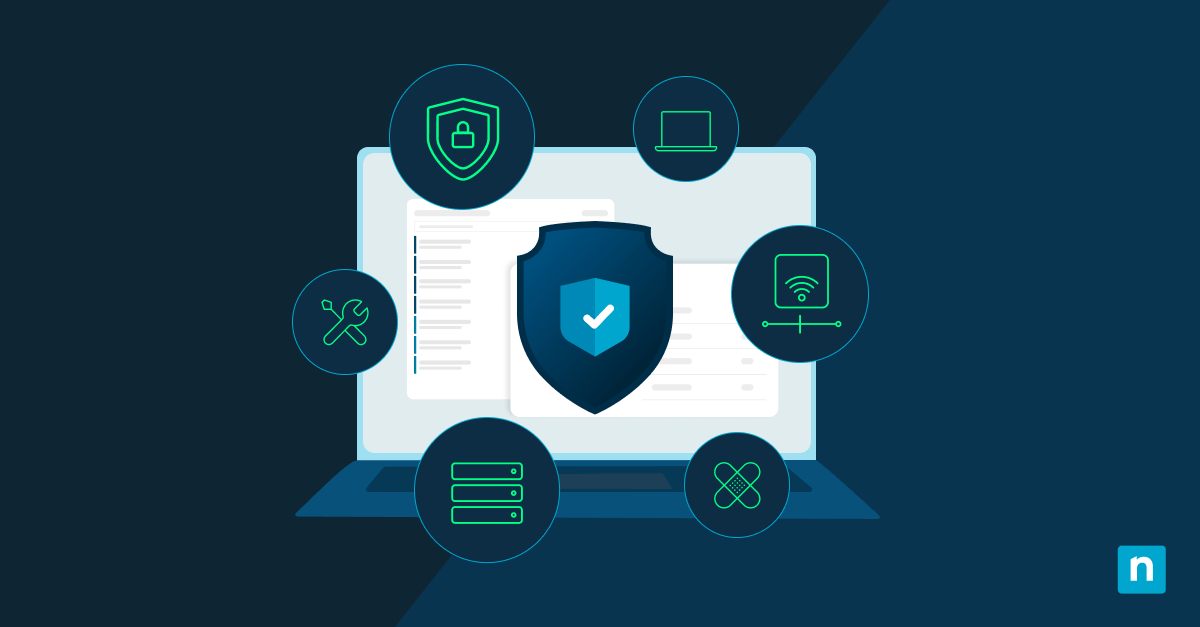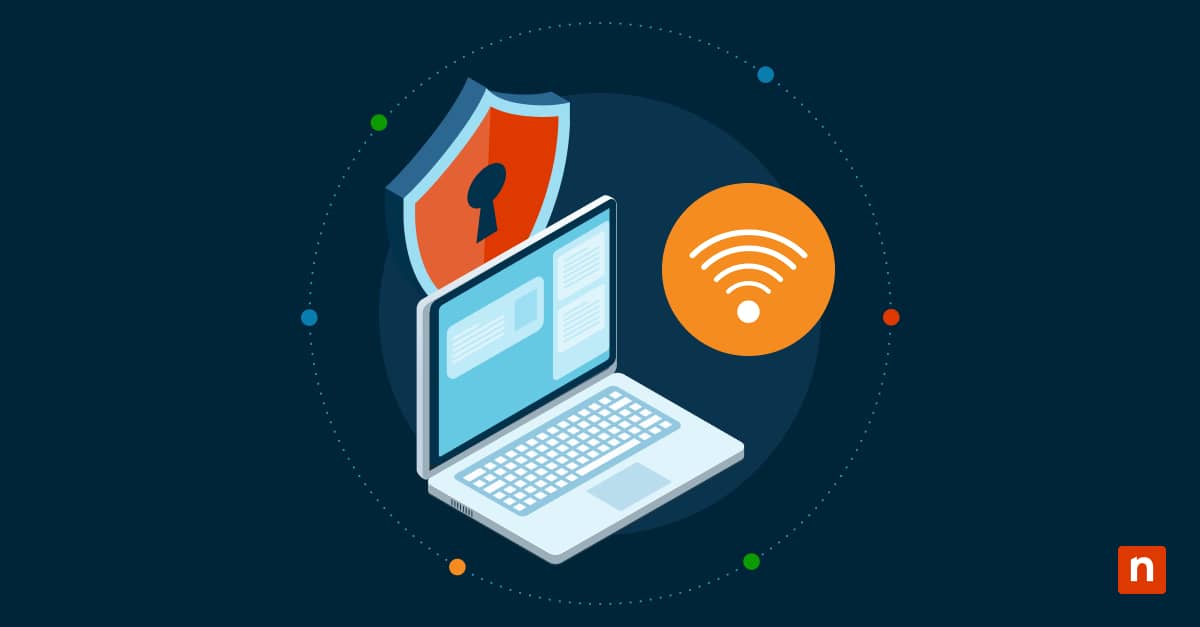PGP (Pretty Good Privacy) is software that encrypts data. It’s widely used, and has become the standard for email and file encryption, making it an important component of cybersecurity. This article explains what PGP Encryption is in detail, its purpose, and its real-world applications, as well as how and when you should use it.
What is PGP encryption?
PGP provides cryptography and authentication for data at rest — that is, rather than being a secure communication protocol, it encrypts files.
PGP encryption was first developed in 1991 by Phil Zimmermann to encrypt messages between political activists. From there, it spread rapidly online, becoming the de-facto standard for encrypting emails. PGP follows the OpenPGP standard (which was based on PGP itself), which is now used by a number of encryption solutions.
How PGP encryption works
The PGP encryption process relies on several key components:
- Public keys: Public keys can be shared with others and can be used to verify data and to encrypt data so that it can only be decrypted by the corresponding private key.
- Private keys: Private keys must be kept secret by their owner, as they can be used to decrypt data signed by their public key.
- Digital signatures: Private keys can also be used to create digital signatures that can be verified using the corresponding public key to ensure the authenticity (that it is from the owner of the private key), and integrity (that the data has not been interfered with) of the data.
- Encryption algorithms: PGP uses both symmetric and asymmetric encryption algorithms to secure data.
The PGP encryption process works as follows:
- The sender encrypts the data using a randomly generated session key and a symmetric encryption algorithm such as AES.
- The session key is encrypted using the public key of the recipient and an asymmetric encryption algorithm such as RSA. Only the recipient’s private key will be able to decrypt the data.
- The encrypted data and encrypted session key are packaged and ready to be sent to the recipient.
The PGP decryption process works as follows:
- The private key of the recipient is used to decrypt the session key from the PGP encrypted file.
- The data is then decrypted using the session key, returning the original data.
The PGP digital signing process is an optional process that verifies the integrity and authenticity of data and works as follows:
- The sender creates a hash of the data.
- A digital signature is created by encrypting the hash with the sender’s private key.
- The signature is attached to the encrypted data.
The signature can then be verified when the data is decrypted:
- The public key of the sender is used to decrypt the digital signature.
- The hash of the decrypted data is created.
- If the hashes match, the messages integrity and authenticity are confirmed.
Uses and examples of PGP encryption in practice
Examples of PGP encryption in use can be seen in a number of widespread use cases, including:
- Email encryption: PGP is the de-facto standard for email encryption (preventing anyone from intercepting and reading your emails without the decryption key), and can be used in popular email clients and providers such as Outlook and Gmail.
- Data encryption: Files stored on your computer, USB sticks, CDs, or other storage mediums can be encrypted using PGP, so that they can be sent securely (either via email, or even the post). A popular cross-platform tool for this is GnuPG.
- Document signing: The authenticity and integrity of a document can be confirmed using PGP by having the document owner sign the document with their private key, and the receiver of the document verifying it using the owner’s public key.
- Software signing: Like document signing, software signing ensures that the source of a program is legitimate and that the code has not been tampered with, helping to protect against malicious code.
Challenges and limitations of PGP
Unfortunately, GnuPG and other free PGP software tends to be command-line oriented and not user friendly. While there are plugins for email clients and file browsers that make PGP easier to use, not fully understanding how PGP works can lead to misconfiguration that compromises security.
PGP key management is also a concern: you need to be able to both maintain the integrity of your private key (that is, protecting it from corruption or loss), and its security (if someone else gets it, they can impersonate you and decrypt your messages). You also need to manage the public keys of your contacts, ensuring that they are securely transmitted and stored so that they can’t be tampered with, and ensure that you don’t lose them. You also need to secure your private key with a strong passphrase (and never forget it!).
If you encrypt your data using PGP, you also run the risk of data loss if you lose the keys used to encrypt it. It is vital to perform regular backups to ensure that your important data is not at risk due to hardware failure, theft, cybersecurity incident, or disaster.
PGP is a vital tool for securing data at rest
PGP is an important part of data privacy and security, especially when dealing with user data that is covered by privacy regulations such as GDPR, CCPA, and HIPAA. Encrypting and securing email and data files is part of your responsibilities for protecting this information, as is ensuring your IT infrastructure and endpoints are protected against intrusion, tampering, and disruption.








